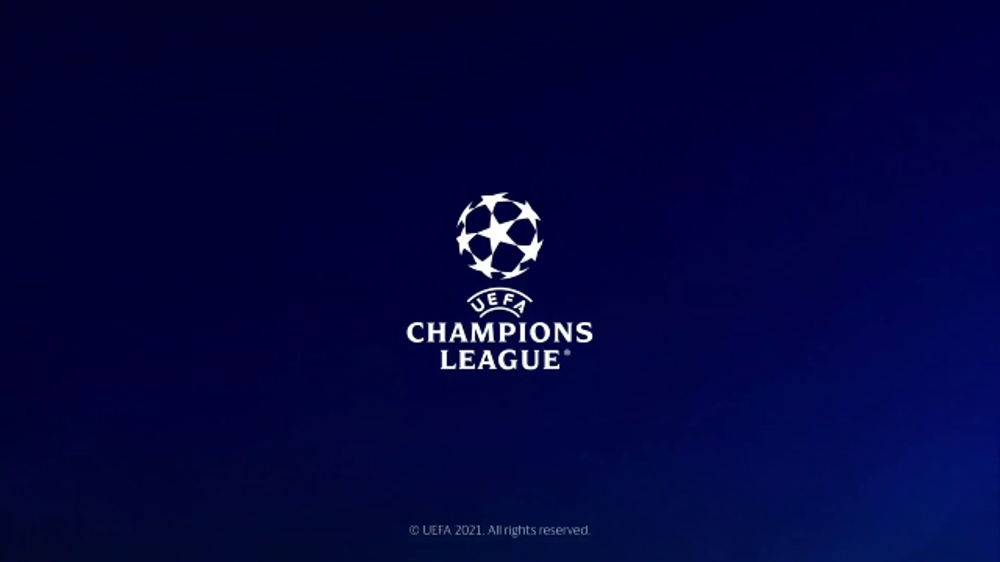Have UEFA Improved The Champions League?

Today at 10:59 AM
The UEFA Champions League is seen as the pinnacle of club football, with the best teams from the top European leagues battling it out in a knock-out competition to be crowned ‘The Champions of Europe’.
The new format has raised a lot of questions about how it will impact clubs and fixture congestion for the top clubs. However, from a fan’s point of view, there are more games to watch and more football betting markets to look out for.
How Does The New Champions League Format Work
Before looking into the pros and cons of the new format, it is important to understand how it works and what teams need to do in order to advance to the next round.
The UEFA Champions League has undergone some significant changes for the 2024–25 season with a revamped format aimed at increasing competition and viewership. Instead of the traditional 32-team group stage, the new model expanded to 36 teams in a single "league phase" rather than multiple groups. Each team will play eight matches against various opponents (four at home and four away), creating a wider array of matchups and a league-style points table. At the end of these matches, the top eight teams in the standings automatically move to the knockout stage.
Teams that finish between 9th and 24th enter a playoff round to fight for eight more slots in the round of 16, keeping the competition intense and allowing more clubs a chance to progress deeper in the tournament. However, for teams finishing in 25th place or lower, there is no fallback to the Europa League, marking a clear exit from European competition for that season.
This format, based on the "Swiss model," adds intrigue by pairing teams with similar rankings, likely resulting in higher-quality matches in the early phases and more encounters between Europe's top clubs. The new structure also adds four extra slots based on UEFA’s country coefficients, benefitting clubs from nations with higher UEFA rankings. The knockout rounds will continue in the traditional two-leg format until the final, which remains a single match on neutral ground.
Pros of the New Champions League Format
Increased Competition and More High-Profile Matches: The shift to a single league table and the addition of four more teams means there will be more matchups between top clubs, as teams play eight different opponents. This setup could lead to exciting encounters, which fans and broadcasters expect to increase viewership and engagement.
Opportunities for More Teams: With 36 slots instead of 32, teams from additional leagues gain a chance to participate in Europe’s premier club competition. This expansion supports the competitive growth of football across Europe by allowing smaller clubs more opportunities to play against top-tier teams.
Elimination of Dead-Rubber Games: In the previous group-stage format, matches at the end of the stage could be "dead rubber" games with little significance for already qualified teams. The new format, with playoffs for mid-table finishers, keeps more teams in contention longer, increasing stakes across all fixtures.
Higher Revenue Potential: More games mean more broadcast opportunities, ticket sales, and sponsorship deals, benefiting UEFA, clubs, and associated stakeholders. This financial boost is particularly valuable for smaller clubs joining the tournament.
Cons of the New Champions League Format
Increased Match Load on Players and Teams: The addition of matches to the already crowded football calendar has been a significant concern. Players, coaches, and fans worry that the extended schedule may lead to fatigue, injuries, and a drop in performance, especially as clubs also compete in domestic leagues and other tournaments.
Complexity and Potential Confusion for Fans: The "Swiss model" is less straightforward than the traditional group-stage format, which could be confusing for fans used to the simplicity of group standings. With teams facing different opponents, it can be challenging to follow the progress and implications of each match in the league standings.
Reduced Value for Domestic Competitions: An extended Champions League format might take attention and resources away from domestic leagues and competitions. As the biggest clubs prioritise the Champions League, fans and analysts worry this could dilute the intensity of local tournaments, especially as some top clubs may rest key players in domestic games to focus on Europe.
Possibly Favouring Wealthier, Top-Ranked Clubs: Although there’s an increase in participants, the structure benefits top clubs with higher coefficients, which could mean wealthier, top-ranked clubs enjoy more favourable matchups and higher chances of advancing. This setup has drawn criticism for potentially widening the gap between elite clubs and others.
Overall, the new format aims to create a more dynamic and widely appealing tournament, but it also raises concerns about fairness, complexity, and player welfare. Its success will likely depend on balancing the competitive excitement it promises with the practical implications for clubs, players, and fans across Europe.
